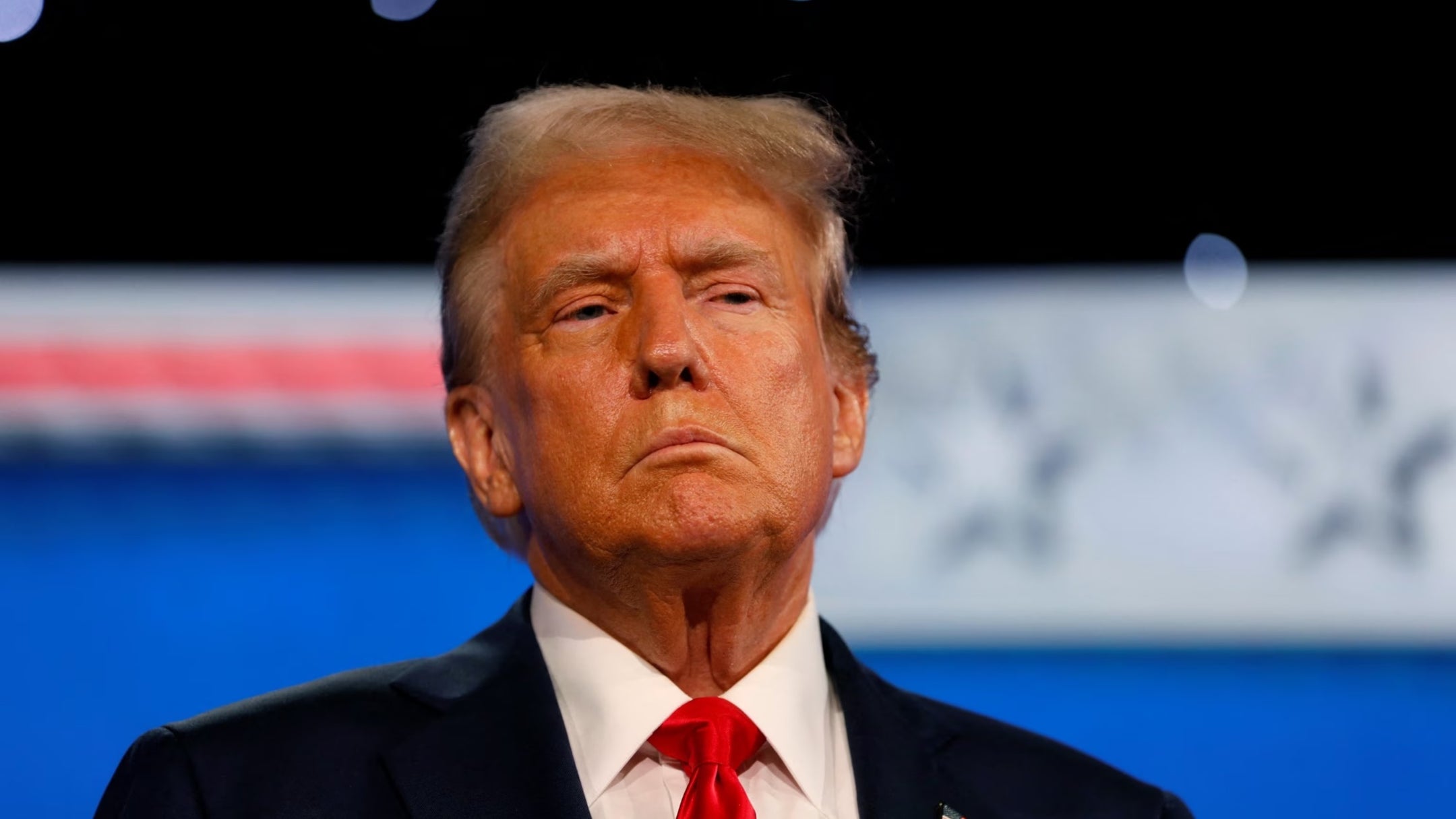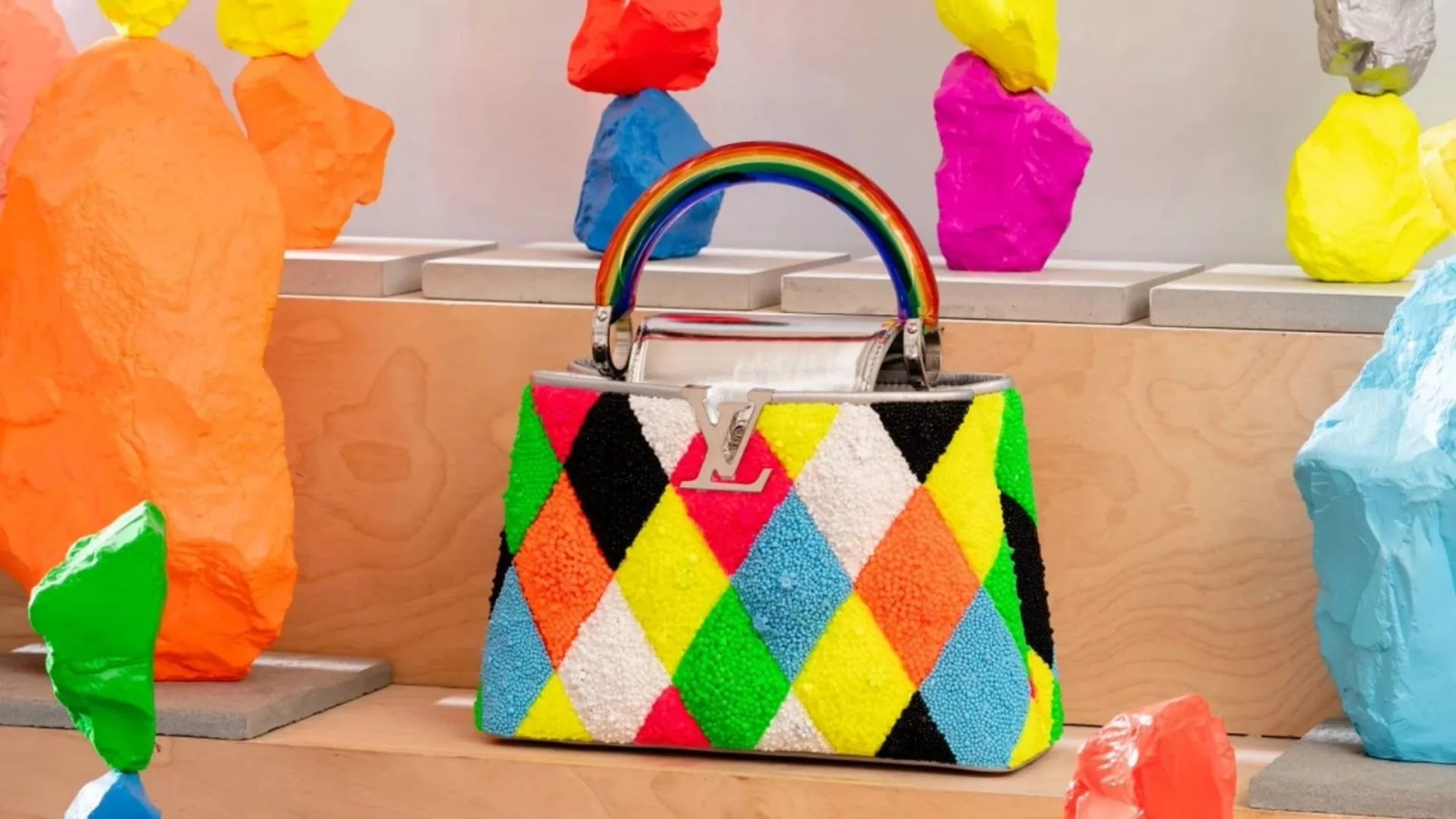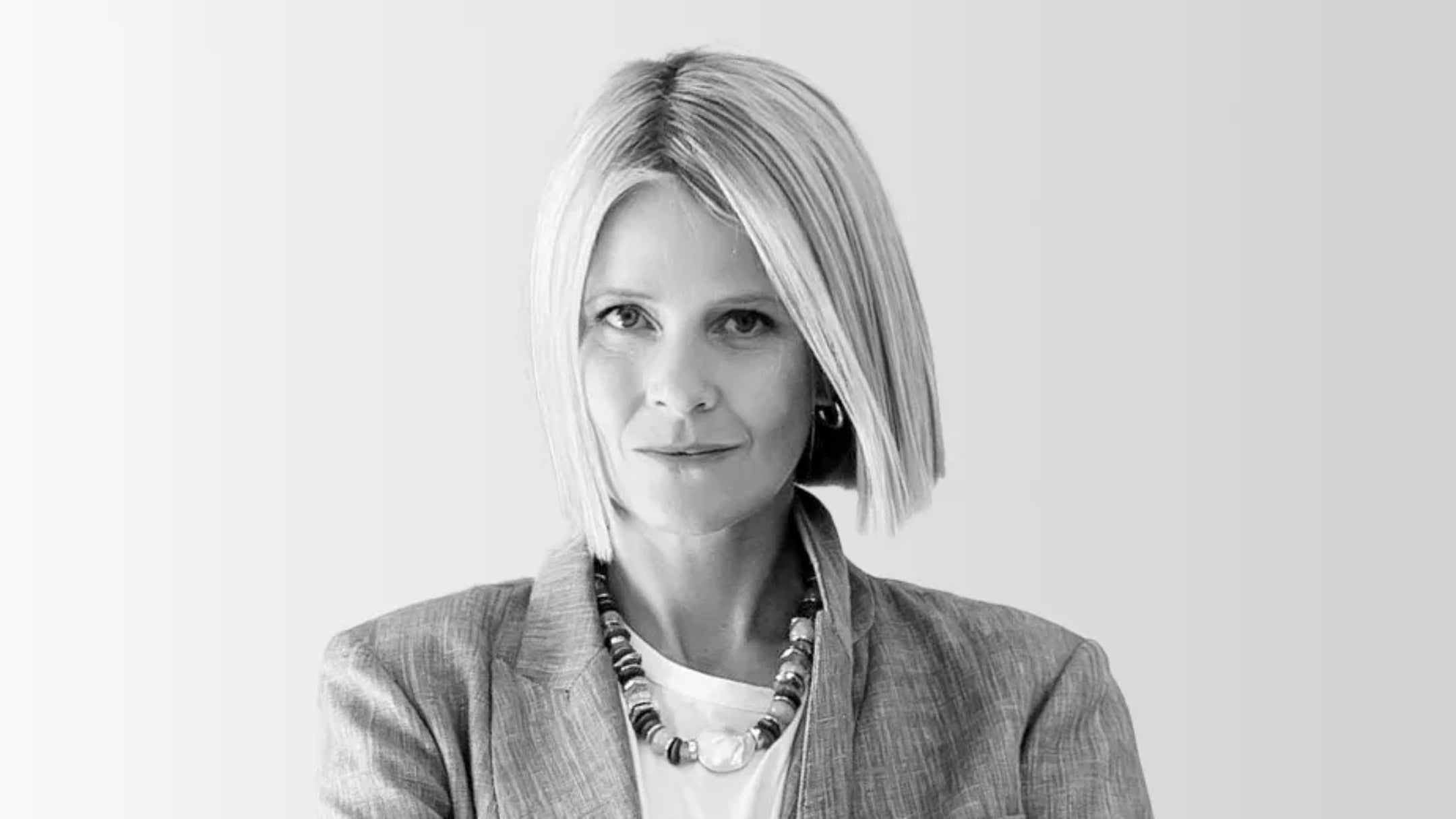In recent discussions, former President Donald Trump has once again weighed in on climate change, this time bringing the fashion industry into the spotlight. His comments, which downplayed the role of sustainability in the fashion sector, have sparked considerable debate among industry professionals, policymakers, and environmental advocates. This conversation raises a significant question: where does the fashion industry stand amidst the ongoing climate crisis, and what is the potential impact of dismissing sustainable practices? Let’s break down the key points of this ongoing discourse and analyze what it means for the future of sustainable fashion.
Donald Trump's Stance on Climate Change and the Fashion Industry
Donald Trump's comments on the fashion industry and climate change have reiterated his longstanding skepticism about environmental concerns. During a recent interview, Trump criticized the push towards sustainability in fashion, labeling it as unnecessary and overly burdensome. He argued that focusing too much on climate initiatives could stifle creativity and growth within the industry, framing sustainability measures as an obstacle rather than an opportunity.
His remarks have been met with mixed reactions. On one hand, there are those who share his belief that the emphasis on sustainability detracts from the fashion industry’s economic and creative objectives. On the other hand, many industry leaders and environmentalists strongly disagree, emphasizing the urgent need for the fashion sector to address its environmental footprint.
Key Insight: Trump's views reflect a broader tension within the fashion industry between economic interests and environmental responsibility. While the industry has historically thrived on rapid production and consumption, the growing climate crisis demands a shift towards more sustainable practices—a shift that not all stakeholders agree on.
The Environmental Cost of Fashion
The fashion industry is one of the largest polluters globally, with significant contributions to greenhouse gas emissions, water pollution, and textile waste. The production of clothing, particularly fast fashion, is resource-intensive, often involving harmful chemicals, excessive water use, and a heavy reliance on non-renewable resources. Despite these realities, efforts to curb the environmental impact of fashion are still often met with resistance, particularly from those who prioritize profitability over sustainability.
Former President Trump's dismissal of the climate impact of fashion highlights a fundamental divide—one that pits short-term economic gains against long-term environmental health. For many advocates of sustainable fashion, this approach fails to acknowledge the dire consequences of inaction. The need for transparency, ethical sourcing, and eco-friendly production methods has never been more critical as consumers become increasingly aware of the environmental impact of their choices.
Tip: Sustainable fashion is not just a trend—it’s an urgent necessity. Shifting towards greener practices can mitigate the industry’s environmental impact, ultimately benefiting both the planet and the industry in the long run.
Industry Reactions and the Push for Sustainability
The fashion industry's reaction to Trump's comments has been largely divided. While some stakeholders argue that the cost of sustainability initiatives could hinder business growth, others see these changes as essential for the industry's survival in an increasingly eco-conscious market. Leading brands like Stella McCartney and Patagonia have long championed sustainable practices, setting a precedent for the rest of the industry to follow.
For brands that are committed to sustainability, Trump's remarks serve as a reminder of the challenges they face. The path to greener practices is often fraught with obstacles—including regulatory challenges, high costs of innovation, and resistance from those who benefit from the status quo. However, as more consumers demand environmentally responsible options, the pressure on brands to prioritize sustainability continues to grow.
Key Insight: Sustainability should not be seen as a limitation, but rather as an opportunity for innovation. Brands that embrace sustainable practices can differentiate themselves, appeal to environmentally conscious consumers, and lead the way in shaping the future of fashion.
Consumer Power: Driving Change in the Fashion Industry
Consumers play a pivotal role in driving the fashion industry towards sustainability. As awareness of the environmental impact of fashion grows, more shoppers are demanding transparency, ethical practices, and eco-friendly materials. This shift in consumer behavior is pushing brands to rethink their supply chains, adopt more sustainable production methods, and take responsibility for their environmental footprint.
Former President Trump's stance may resonate with some who prioritize economic growth above all else, but the fact remains that consumer preferences are changing. The rise of sustainable fashion brands, the popularity of second-hand clothing, and the push for circular fashion models all point to a future where environmental responsibility is a key component of success in the industry.
Tip: As a consumer, you have the power to shape the fashion industry's future. Supporting brands that prioritize sustainability and transparency sends a message that environmental responsibility matters—not just for the planet, but for the industry as a whole.
The Future of Fashion: Balancing Growth and Sustainability
The fashion industry stands at a crossroads. The path forward is clear: embrace sustainability or face the consequences of continuing environmentally harmful practices. While Donald Trump's recent comments reflect a reluctance to prioritize climate change, the industry’s future will be shaped by those who are willing to innovate and adapt to new realities.
Balancing economic growth with environmental responsibility is not an easy task, but it is a necessary one. Brands that invest in sustainable materials, ethical labor practices, and circular production models are not only doing the right thing for the planet—they are also positioning themselves for long-term success. As consumers, investors, and regulators increasingly prioritize sustainability, the brands that adapt now will be the ones that thrive in the future.
Tip: Sustainable fashion is about making choices that are good for both people and the planet. Whether you're a brand or a consumer, every step towards sustainability counts in creating a fashion industry that is resilient, ethical, and environmentally conscious.
Conclusion: A Call for Climate Responsibility
Donald Trump's recent comments on the fashion industry's sustainability efforts have reignited the debate on climate responsibility within the sector. While some may downplay the importance of green initiatives, the fact remains that the fashion industry has a critical role to play in addressing the global climate crisis. The choices made today—by brands, consumers, and policymakers—will determine the future of fashion and its impact on the environment.
Sustainable fashion isn’t just a buzzword; it’s the key to a more ethical, innovative, and responsible industry. As consumers become more conscious of their purchasing power, the push towards greener practices will continue to grow. Brands that rise to the challenge will not only contribute to a healthier planet but also stand out in a crowded market as true leaders of change.









